Aust v Sth Africa Tests: Lockout of hostile fans a huge win for touring Aussies
The Aussie Test team would have been fearful of what lay in store for them playing in front of notoriously hostile crowds in South Africa. But things have changed.
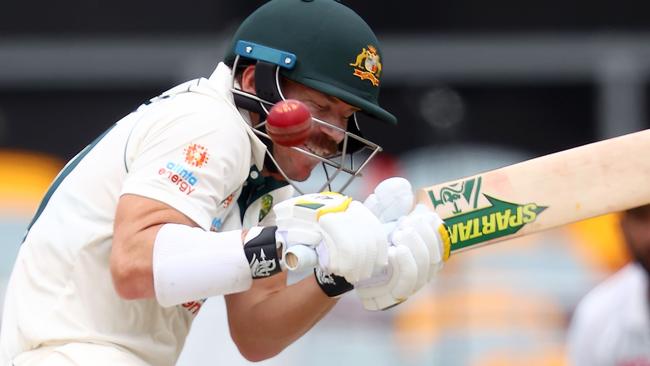
Cricket
Don't miss out on the headlines from Cricket. Followed categories will be added to My News.
Australia appears to be heading back to South Africa, but the team will be spared from hostile crowds and the demons of revisiting the Cape Town dressing room.
Fans will be completely locked out for the three-Test series, meaning that as with most things in the COVID-19 era, the atmosphere for the first series back in South Africa since the 2018 Sandpapergate scandal will take on a much more sterile feel.
The hostility was palpable on that fateful tour three years ago, one of the ugliest series of Test cricket ever played, although the scab had already been removed in a sense because the Australians did tour South Africa last year for limited overs matches, with the experience completely uneventful.
Security was vigilant on kicking out any abusive spectators last February when the white ball team returned, but this time around the notoriously intimidating South African supporters won’t even be allowed in the Stadiums.
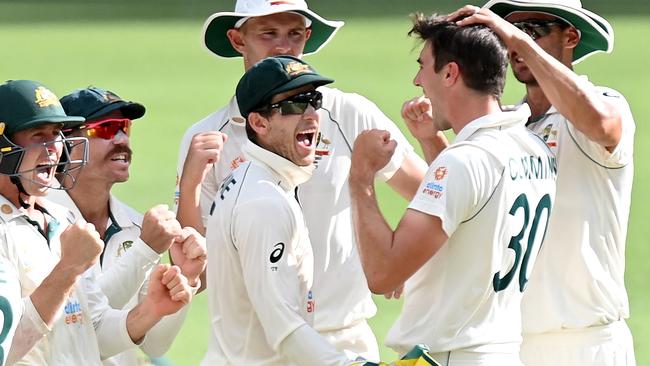
In order to guarantee the sanctity of the strict bio-security bubble being set up for the upcoming series in a country that is overrun with the virus, the teams will not take any internal flights, with the matches to be played between neighbouring grounds at Centurion and Johannesburg.
Centurion is likely to host two of the three Tests, but the order of matches slated for March 3, 12 and 21 is still unknown.
The Wanderers in Johannesburg — otherwise known as ‘The Bullring’ — is one of world cricket’s most notorious venues for crowd abuse, but not even that will be a factor this time around.
Back in 2018 it was the relentlessness of the aggressive and at times personal abuse from the South African crowd that contributed to a dangerous siege mentality developing in the Australian dressing room.
That said, Australia in many ways vanquished its demons at the Newlands ground in Cape Town last February, when it smashed South Africa by 97 runs in a series-clinching T20 triumph, in which David Warner starred with a game-high 57.
Steve Smith also smashed 30 off 15 balls, and Warner later led a significant rendition of the team song.
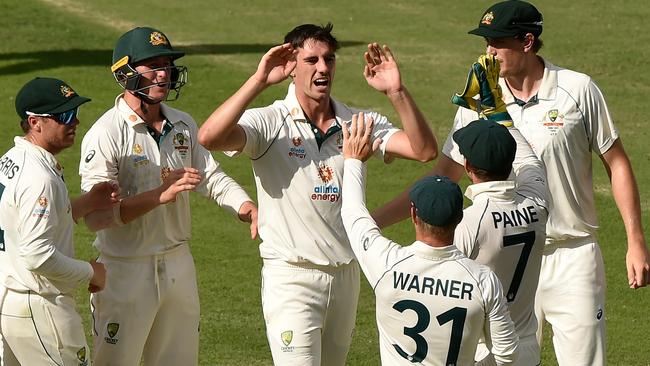
Any chance that the first Test series back in South Africa could be a difficult experience for the Australians — outside of the challenges they will face on the pitch — have been all-but removed by COVID-19 restrictions.
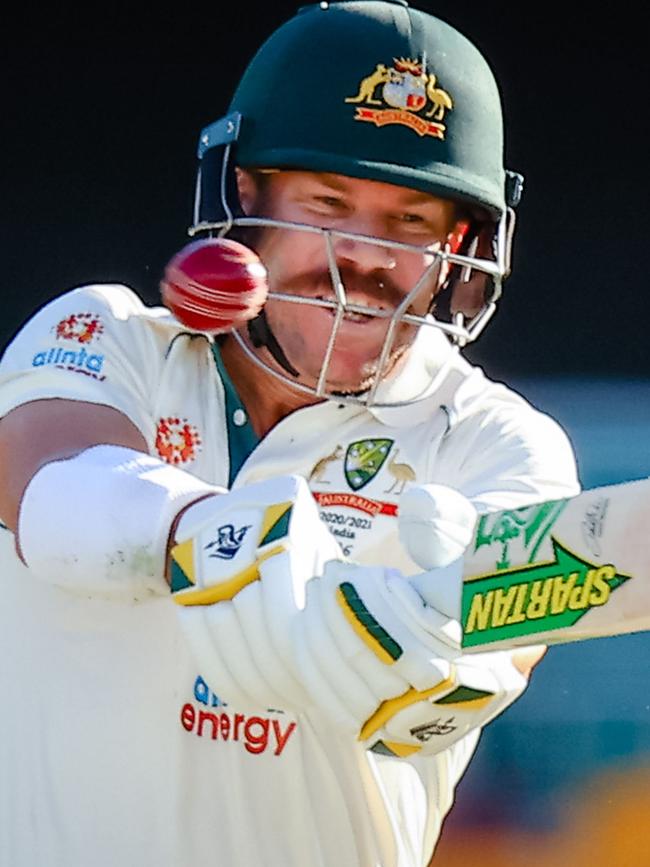
The two teams will stay together for more than a month at the same resort. This isn’t necessarily unusual in cricket, and due to the IPL and bilateral limited overs series, the key players from both sides are used to each other’s company.
The golf course and fishing lake on the resort should be big enough for both teams, no matter how heated things might get out in the middle.
This time, the big talking point is will the tour go ahead?
All indications are it will, but nothing has been signed off on.
Cricket Australia’s biggest concern is ensuring they can get the team home after the series is finished.
The side will have a charter flight, but a range of hypothetical scenarios need to be worked through with Government officials, such as what if a player does contract the virus.
Would the player be allowed home? Would the entire team have to stay in South Africa?
Cricket Australia are working tirelessly to make sure the series happens and have poured plenty of its own money and resources into ensuring it does.
Meanwhile, Foxtel has celebrated a 28 per cent increase on ratings for this summer’s Big Bash League.
It’s a major boost to the pay TV network and Cricket Australia, who have been able to at least break even on the BBL in a year when the top team the Sydney Sixers haven’t played a single match at home, and attracting international players to the competition was majorly affected by the pandemic.
HOW WADE’S SACKING IGNITED THE PUCOVSKI PROTECTION RACKET
Australia is giving serious consideration to shifting Will Pucovski down the order as a way of easing him into one of the most intimidating cauldrons in Test cricket.
Pucovski opened the batting in his one and only Test match against India during the summer, but Australia are conscious of the bouncer barrage he’s likely to cop from South Africa’s high voltage pace attack on rapid Highveld decks.
With Matthew Wade axed, Australia has less batting flexibility than they had against India, and the key selection decision ahead of the first Test on March 3 is shaping up as Marcus Harris or Travis Head.
This call will dictate where Pucovski bats in the order, and whether or not he’s protected from one of the world’s most dangerous quicks Kagiso Rabada bowling with a red ball on the notorious Wanderers ground in Johannesburg where the ball really takes off.
Pucovski at No.5 would solve Australia’s current middle-order crisis, but only if Harris can prove he’s a Test-match standard opener.
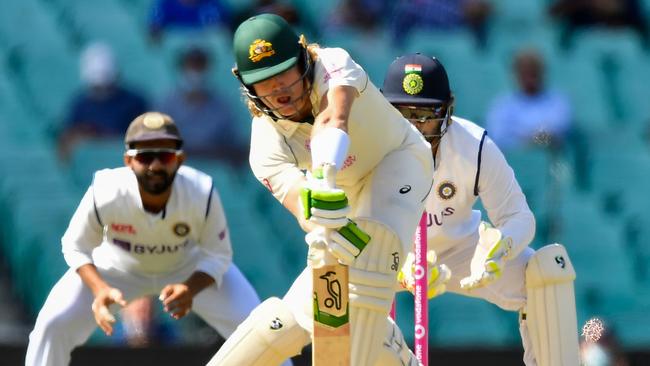
Adding to Australia’s headaches is the fact that neither Pucovski or opening linchpin David Warner are 100 per cent recovered from their summer ailments — although selectors are confident they will be by the time South Africa gets underway.
“Will’s recovery is progressing. He has had his shoulder looked at by medical people. At the moment they don’t feel it necessary for him to have an operation. We’re very hopeful he will recover in time to take his place in that tour party to go to South Africa,” Hohns said.
“As far as his batting position, yes, nothing is ruled out there. We know Will can bat down the order as well as at the top of the order, so that could well be a viable option for us.”
Although on the surface dropping Wade from the Test line-up might seem a logical call given his form over the past two summers, by doing so Australia has lost the ultimate COVID-19 utility player.
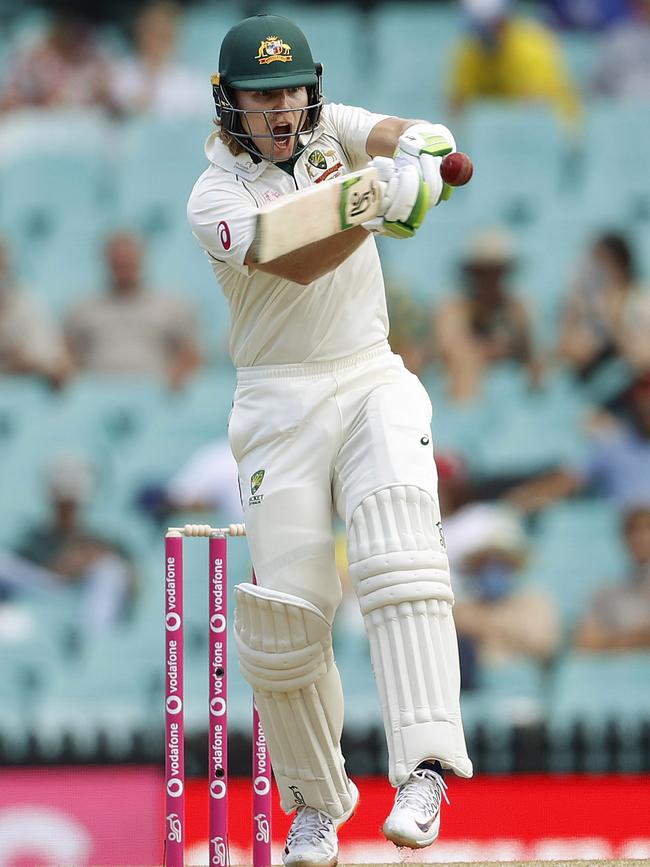
In this unique time when players are in bubbles and reinforcements cannot be shipped in if injuries occur, Wade would have seemed a valuable squad member to have even if he’s not in the first-choice XI.
Able to cover the top of the order, the middle and wicketkeeping, Australia’s depth is weaker without him, particularly without adding a top order batsman like Usman Khawaja or Sam Whiteman.
Warner, Harris and Pucovski are the only three openers in the touring squad, and with two of them still under injury clouds, there’s not a lot of wiggle room should there be a double setback in the engine room.
Marnus Labuschagne would be the next best option to open, a shift Australia was unwilling to make during the summer.
Hohns described Head as a “frontline option” to reclaim the spot at No.5 he relinquished midway through the series against India, although it’s understood he could be put under the pump by not only Pucovski, but Moises Henriques as well.
The decision not to replace Wade with a specialist batsman is a reflection of selectors’ faith in Henriques that he is the next best batting option in Australia — despite his history as an all-rounder.
Harris has a batting average of 23.77 from 10 Test matches and desperately needs a Test hundred to prove he belongs.
As much as Pucovski is a worry against the short ball because of his history of head knocks, there are doubts over how Harris handles world class fast bowling.
More Coverage
Originally published as Aust v Sth Africa Tests: Lockout of hostile fans a huge win for touring Aussies




